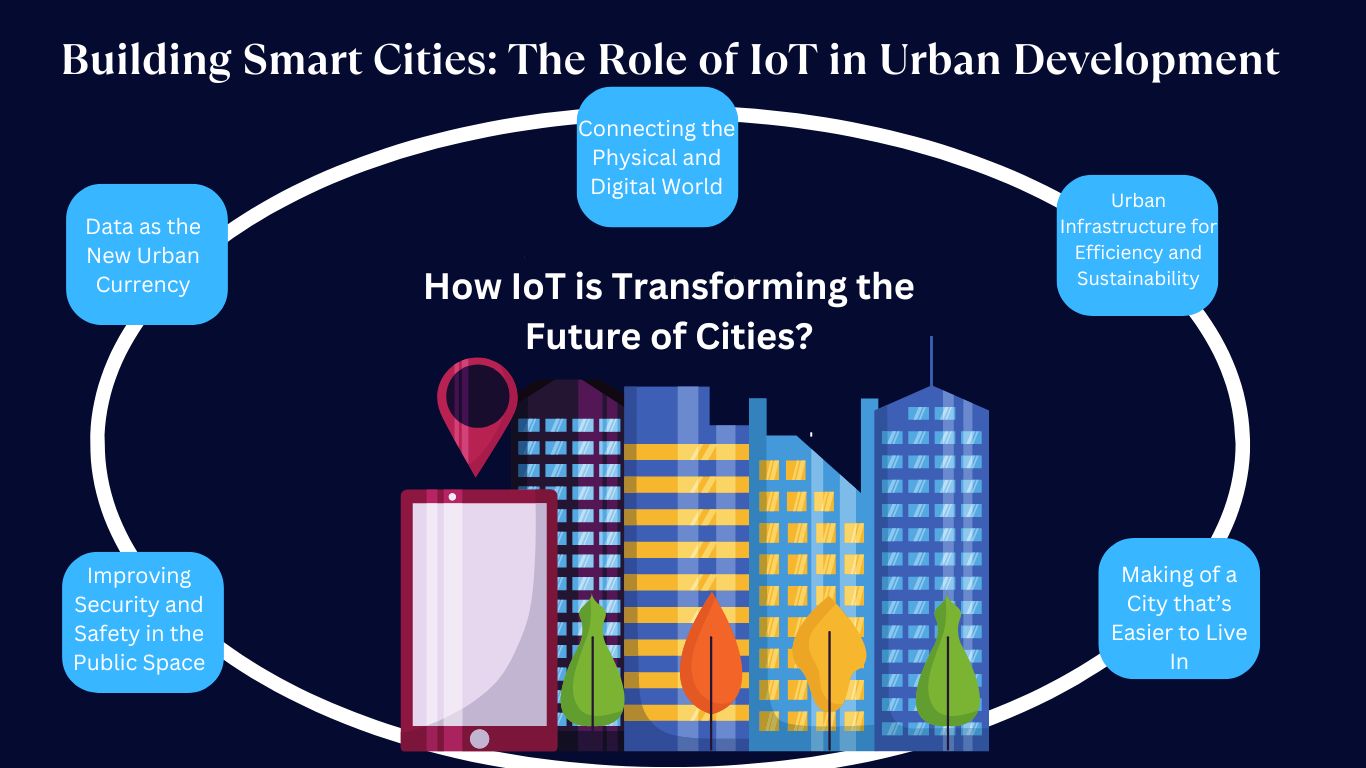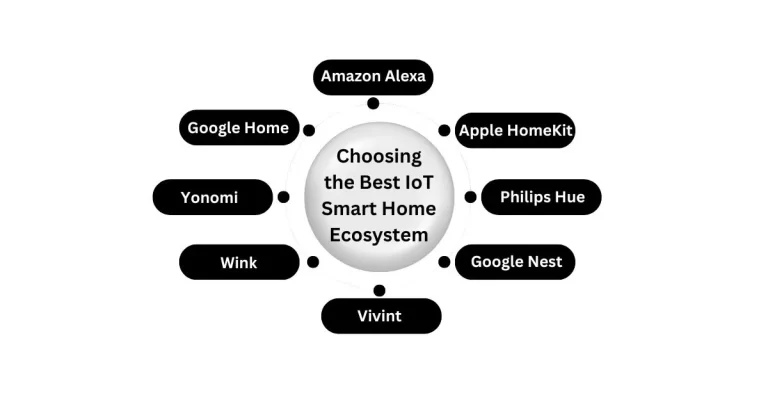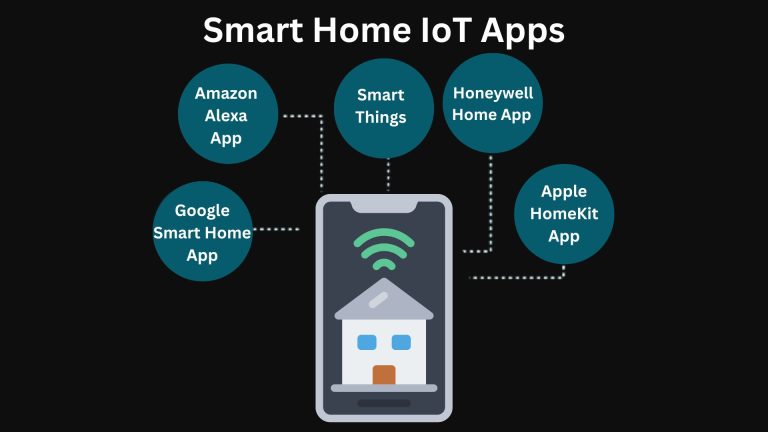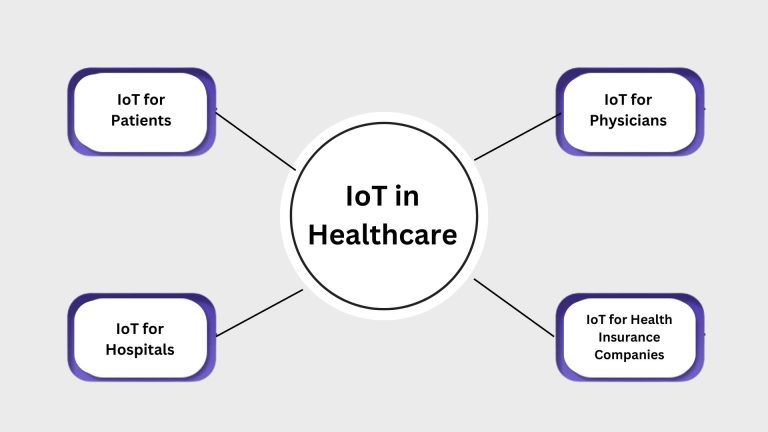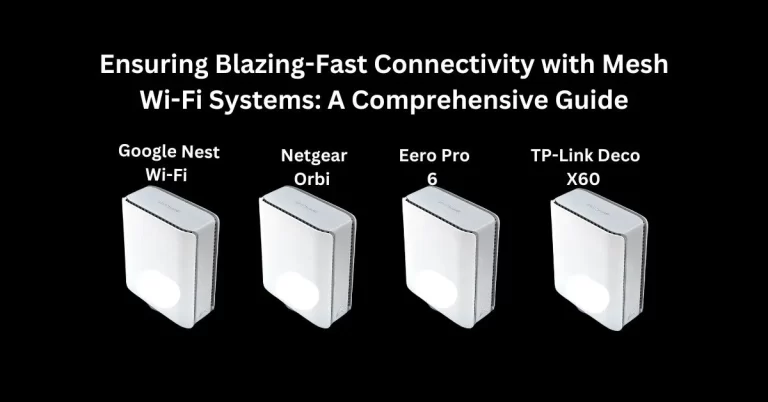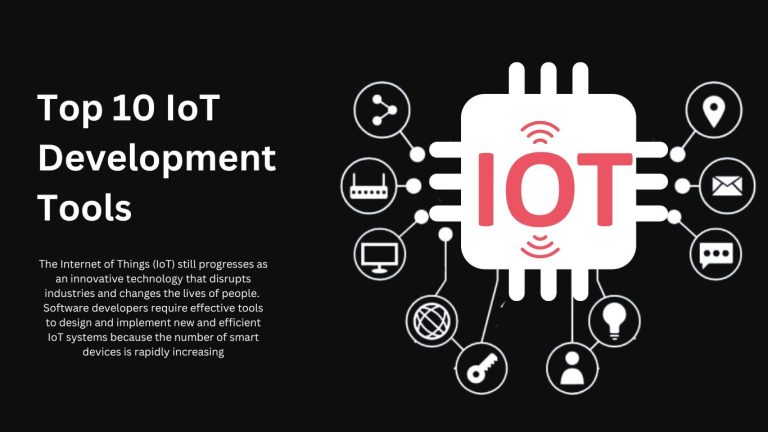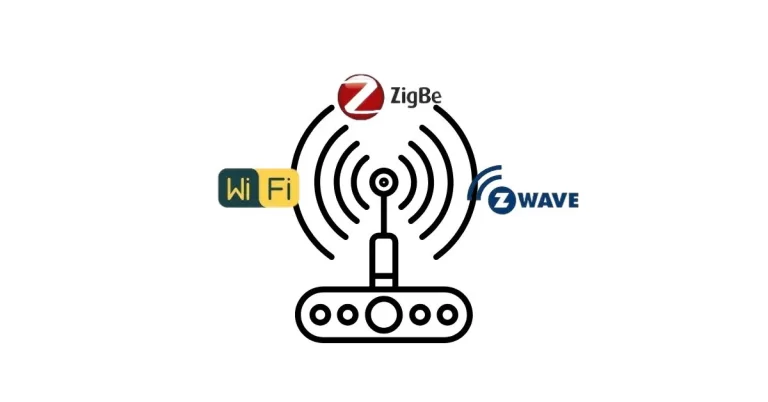Building Smart Cities : The Role of IoT in Urban Development
The idea of building smart cities is changing how we experience urban life. With the help of IoT technology, cities are becoming smarter, safer, and more efficient. From managing energy use to improving public safety, Building smart cities are using real-time data to make everyday life easier and more sustainable for everyone . A few years back, the concept of a smart city was more or less confined to the land of dreams. While people debated about smart city development, few used to think that they would be a part of such a city so soon. But today, it is clear that the ideas of infrastructure are rapidly evolving and being recast in traditional forms, changing the ways we inhabit the world, work, and contribute to the progress of society.
By adopting smart solutions involving the use of technology and analysis of information, a new way of life is being created. The major stimulus for such developments is the Internet of Things. IoT enables innovative solutions in multiple areas of life ranging from farming, transportation, fuel usage, waste disposal, energy use and many more.
IoT Devices Growth In Building Smart Cities (2016 – 2025)
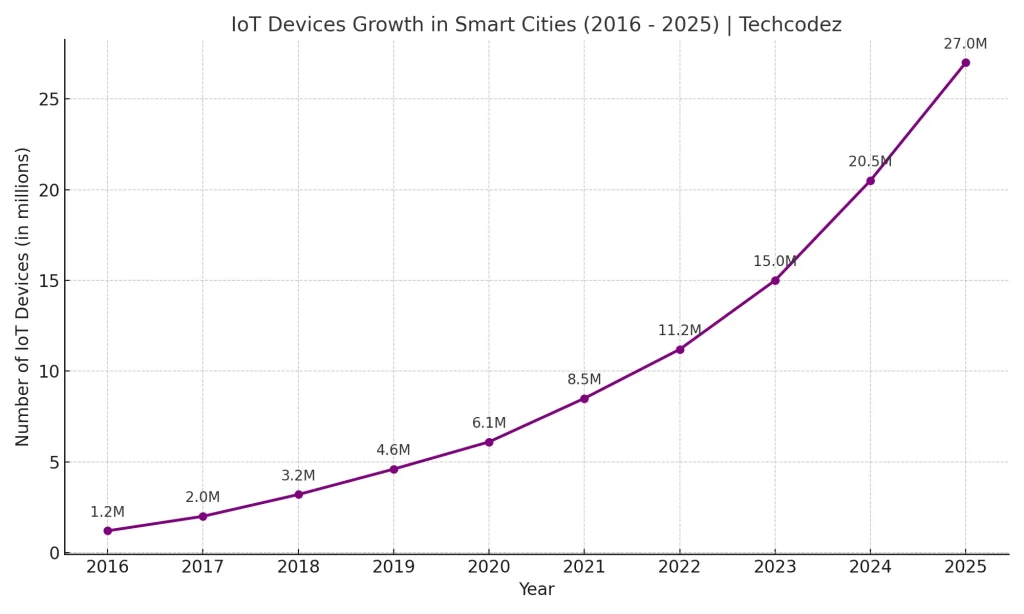
How IoT is Transforming the Future of building smart cities?
This is not a dream but a real life where a city is designed in such a way that it can guess the needs of the hour. Roads have traffic signals that adapt depending on the current situation, garbage bins notify the garbage collection service when they are full, and car parking spaces are created where the car needs it according to the GPS. This is not a movie script or a futuristic fantasy, but the reality of the future building smart cities based on IoT technology.
Connecting the Physical and Digital World
Sensors can be defined as a network of devices used in measuring and monitoring. At the core of this revolution is a complex web of physical connections; a myriad of devices, sensors, cameras, and actuators; woven into the very fabric of the city. These digital eyes and ears gather a constant feed of data on conditions ranging from air quality and sound levels to energy use and foot traffic. Building smart cities Project is on trending in current era
Data as the New Urban Currency
The data which is collected by the IoT network is in its raw format with no significance on its own. The real value, however, is derived from the data through processing, categorizing and synthesizing it into useful knowledge. A variety of sophisticated solutions and mechanisms help to recognize patterns, forecast tendencies and provide automatic actions. Which in its turn helps city authorities make evidence-based decisions about the distribution of resources and the provision of citizen’s needs.
Urban Infrastructure for Efficiency and Sustainability
There are unique traffic signals that can control the flow of traffic and change the signal timings with the help of traffic congestion data. Smart grids are used in energy distribution to ensure that energy is used efficiently and renewable energy sources are incorporated. Implementing predictive maintenance means that infrastructure is serviced before a breakdown happens, lowering costs and minimizing the amount of disruption.
Improving Security and Safety in the Public Space
Installation of the cameras and sensors at the right places can enhance the safety of the public since it will be easy to detect areas that are prone to insecurity and provide quick response to incidents that occur. It can also adapt the intensity of lighting based on the amount of people passing by, thus reducing crime rates and increasing the feeling of safety.
Some of the benefits of real-time environmental monitoring include the identification of air and water pollution levels to alert authorities to take necessary measures to protect people’s lives.
Making of a City that’s Easier to Live In
It is also important to understand that IoT has a lot of advantages apart from infrastructure usage. Smart parking systems assist drivers in identifying the available parking lots hence minimizing traffic jams. Advanced waste collection solutions come with efficient routes, helping to avoid waste accumulation and stench. Through citizen engagement platforms, the residents can report on problems and contribute to decision-making, therefore promoting community responsibility. Building smart Cities is most trending Project in Current Era .
Challenges and Considerations
The prospect of IoT in enhancing urban development is not in doubt, although there are still many hurdles to overcome.
Data confidentiality and integrity are significant issues; to maintain them, the network needs reliable protection against cyber threats that might target the collected information.
Moreover, the effective deployment of IoT requires a strong and stable communication network in order to support the solutions.
Accessibility of technological infrastructure is also important to guarantee that all citizens of a country will be able to participate in Building smart cities advancements.
Conclusion
Building Smart cities cannot be a process of copying one successful city to another. As it is known, each city has its specific requirements and difficulties. To be effective, it must be done with the support of public and private sector representatives, technology vendors and consumers. In essence, it is only if we combine our efforts that we can harness IoT and create a digital fabric of the city that would enable a more efficient, sustainable and livable future for urban populations.
Find More About IOT

